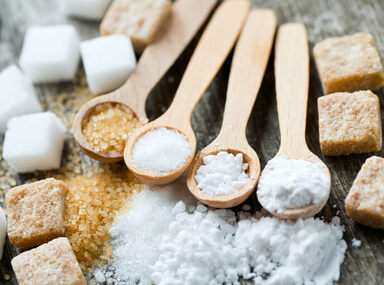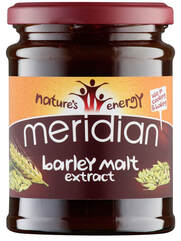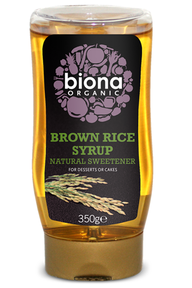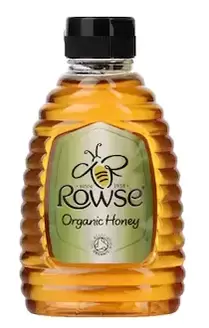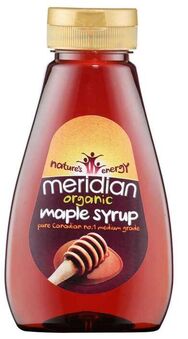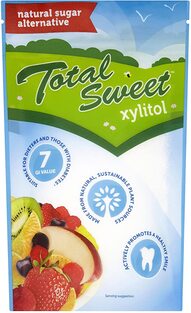Why would I want to avoid sugar?
|
What is diabetes?
Diabetes is a serious life-long health condition that occurs when the amount of glucose (sugar) in the blood is too high because the body can’t use it properly. If left untreated, high blood glucose levels can cause serious health complications.
There are two main types of diabetes: Type 1 and Type 2. They’re different conditions, caused by different things, but they are both serious and need to be treated and managed properly.
Insulin is a hormone produced by the pancreas that plays a very important role in our bodies. After we eat, we begin to digest carbohydrates, breaking them down into glucose.
The insulin released by the pancreas moves glucose into our cells, where it is used as fuel for energy. It may help to understand that insulin is often described as a key, which open the doors to the cells, allowing glucose to enter. If we do not have enough insulin in our bodies, the glucose will stay in our bloodstream and can be deadly the higher the levels.
Type 1 Diabetes:
Type 1 diabetes is typically a genetic form that runs in families or can be developed
-Type 1 diabetes is an autoimmune condition where the body attacks and destroys insulin-producing cells, meaning the pancreas cannot produce insulin. This causes glucose to quickly rise in the blood.
-Nobody knows exactly why this happens, but science tells us it’s got nothing to do with diet or lifestyle, although some studies show it could be from a viral infection.
-About 10 per cent of people with diabetes have Type
Type 2 diabetes:
-In Type 2 diabetes, the body doesn’t make enough insulin, or the insulin it makes doesn’t work properly, meaning glucose builds up in the blood.
-Type 2 diabetes is caused by a complex interplay of genetic and environmental factors. Up to 58 per cent of Type 2 diabetes cases can be delayed or prevented through a healthy lifestyle.
-About 90 per cent of people with diabetes have Type 2.
Typical symptoms of diabetes are:
-feeling very thirsty and drinking a lot of water
-passing urine more often than usual,especially at night
-feeling very tired
-weight loss
The symptoms of type 1 diabetes usually develop very quickly in young people (over a few days or weeks). In adults, the symptoms often take longer to develop (a few months).
If you think you have a problem then please contact your doctor or a medical professional and get help.
Q: What are low calorie sweeteners?
A: These are ingredients used to sweeten foods – they can be split into two categories: bulk sweeteners and intense sweeteners. Bulk sweeteners are used when the volume that sugar would have normally given to a food is required as well as sweetness. They contain 2kcal/g whereas sucrose (normal table sugar) contains 4 kcal/g. Intense sweeteners are sweeteners that are so sweet that only very small amounts are required to give a sweet taste, meaning they have no appreciable energy value. They can be up to 7000 times sweeter than sucrose.
Q: How do I spot a sweetener on a food label?
A: Food labels need to say on the main face if they contain added sugars and/ or sweeteners. Sweeteners are additives and will be labelled as such in the ingredients list. This will be either as a sweetener with its name or as an E number.
Below is a list of common sweeteners with their corresponding E numbers:
Aspartame: E951
Acesulfame K: E950
Saccharin: E954
Sucralose: E955
Maltitol: E965
Isomalt: E953
Sorbitol: E420
Some people prefer "natural" sweeteners over refined ones. In most cases, they are less refined than white sugar and may contain small amounts of vitamins and minerals.
Here are some varieties of "natural" sweeteners;
|
Fructose
Also known as levulose and fruit sugar, fructose is the sweetest of all the simple sugars (e.g., glucose, fructose, galactose). Fruits contain between 1 and 7% fructose, although some fruits have much higher amounts. Fructose makes up about 40% of the dry weight of honey. It is also available in crystalline form, but its sweetness rapidly declines when dissolved in water. Fruit juice concentrates Fruit juice concentrates are made by cooking down peach, pineapple, grape, and pear juices to produce a sweeter, more concentrated product. The product is then frozen to increase shelf life.
Honey
|
Maple syrup
|
Xylitol
|

